|
Product Information |
|
Product name |
Lycopene |
|
Latin name |
Lycopersicum esculentum. |
|
CAS No. |
502-65-8 |
|
Sources |
Tomato, carrot, watermelon, papaya, guava, etc. |
|
Certification |
ISO9001/Halal/Kosher/GMP |
|
Specification |
5% 10% 20% 50% 98%HPLC lycopene |
|
Appearance |
Dark Red Powder |
|
COA of Lycopene |
|
ANALYSIS |
SPECIFICATION |
RESULTS |
|
Appearance |
Dark Red Powder |
Complies |
|
Odor |
Characteristic |
Complies |
|
Assay by HPLC |
Lycopene ≥ 10% |
10.35% |
|
Sieve Analysis |
NLT 100% pass 80 mesh |
Complies |
|
Moisture (%) |
≤3% |
1.95% |
|
Ash |
≤1% |
0.53% |
|
Heavy Metal |
≤10 ppm |
Complies |
|
Arsenic (As) |
≤2 ppm |
Complies |
|
Lead(Pb) |
≤1 ppm |
Complies |
|
Cadmium (Cd) |
≤0.05ppm |
Complies |
|
Mercury (Hg) |
Not Detected |
Complies |
|
Microbiology |
||
|
Total Plate Count |
<1000 cfu/g |
Complies |
|
Yeast & Mold |
<100 cfu/g |
Complies |
|
E.Coli |
Negative |
Complies |
|
Salmonella |
Negative |
Complies |
|
S.Aureus |
Negative |
Complies |
|
Pesticides |
Negative |
Complies |
|
Usage |
Lycopene, a carotenoid found in plant foods, is also a red pigment. Dark red needle-like crystals. There is no physiological activity of vitamin A, but it has a strong antioxidant function. The content of ripe red plant fruits is higher, especially in tomatoes, carrots, watermelons, papaya and guava.
In 1989, MASCIO found that lycopene had the highest quenching activity for singlet oxygen among all carotenoids. Subsequently, research on the function of lycopene became a hot topic. The research content involved the absorption and metabolism of lycopene. Lycopene reduces the risk of prostate cancer and other tumors and cardiovascular diseases, as well as the extraction of lycopene. And measurement methods. At present, lycopene has not only been widely used as a natural pigment, but also has been increasingly used in functional foods, medicines and cosmetics.
Application of Lycopene
1. Food, beverage, bread, breakfast cereals and other fields; processed meat, fish and eggs; dairy products; chocolate and candies; sauces and seasonings; desserts and ice cream.
2. Application in meat products It can prevent meat from spoilage and deterioration, improve the flavor and color of meat, and can be used as a preservative and coloring agent for meat products.
3. Application in edible oil Adding to edible oil can alleviate oil deterioration.


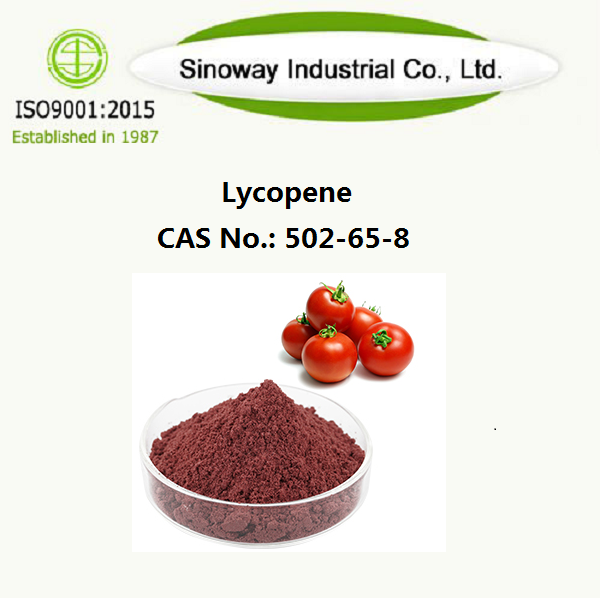
 Gold supplier
Gold supplier
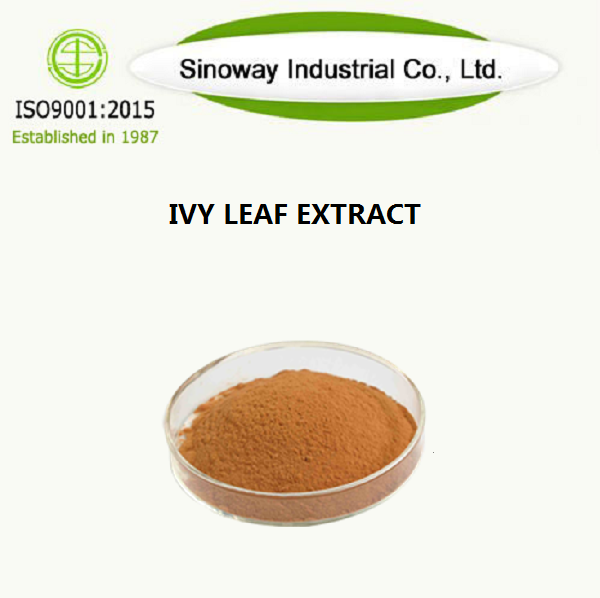
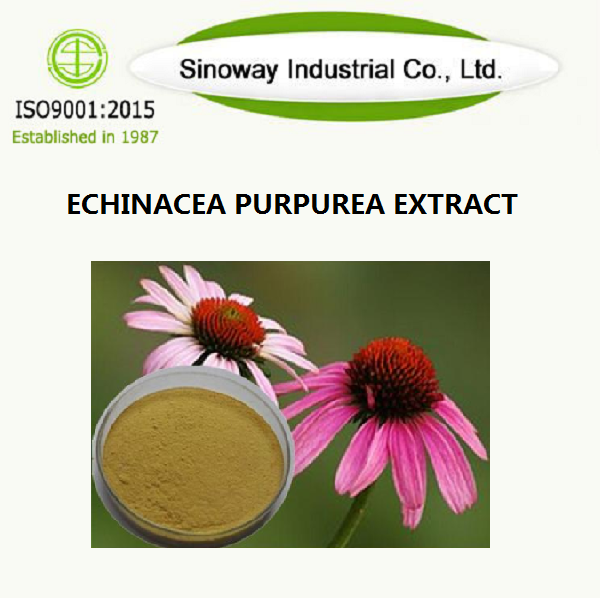
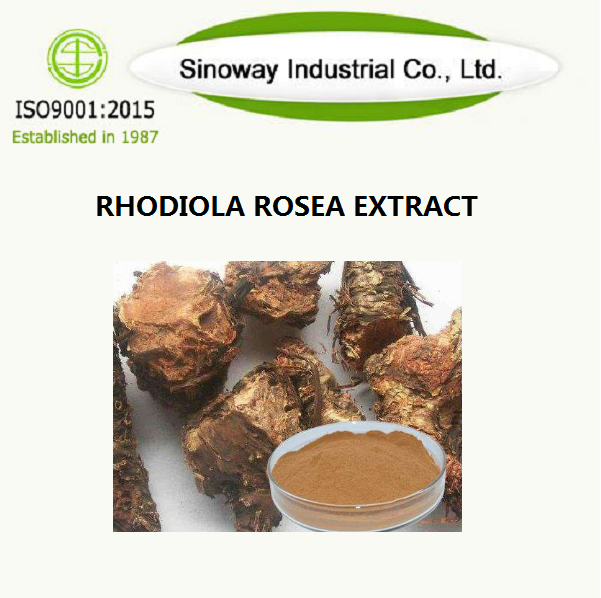
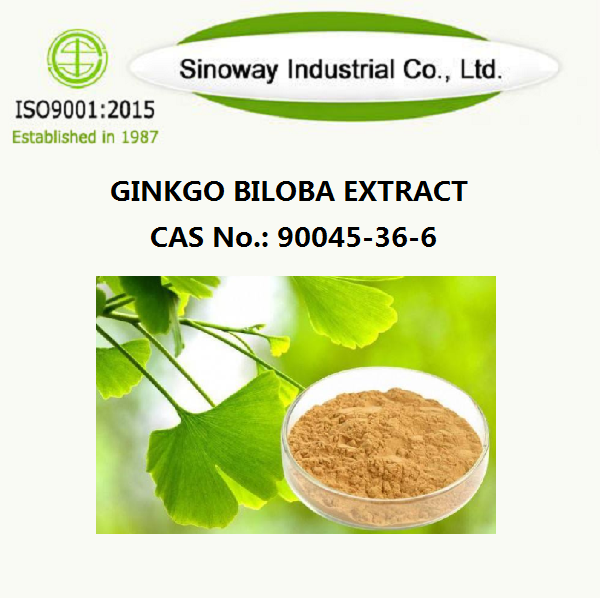
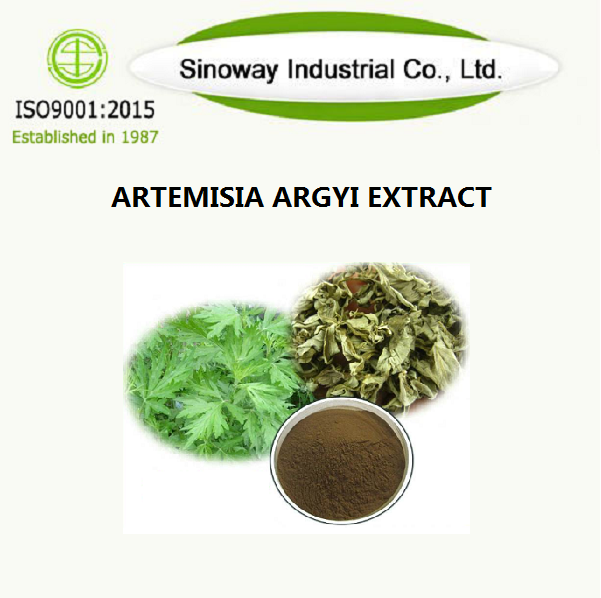
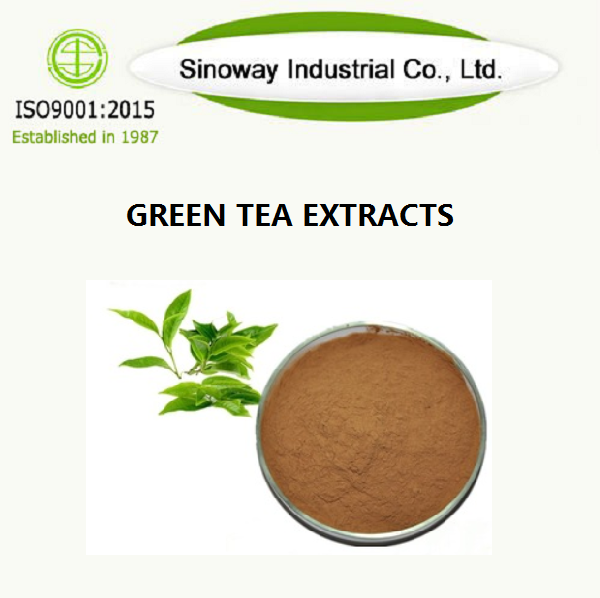



 Facebook
Facebook  Twitter
Twitter  Linkedin
Linkedin  YouTube
YouTube  Blogger
Blogger  Instagram
Instagram 
















